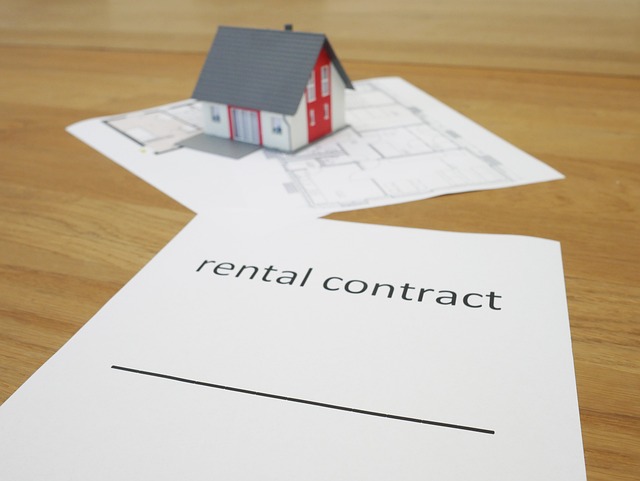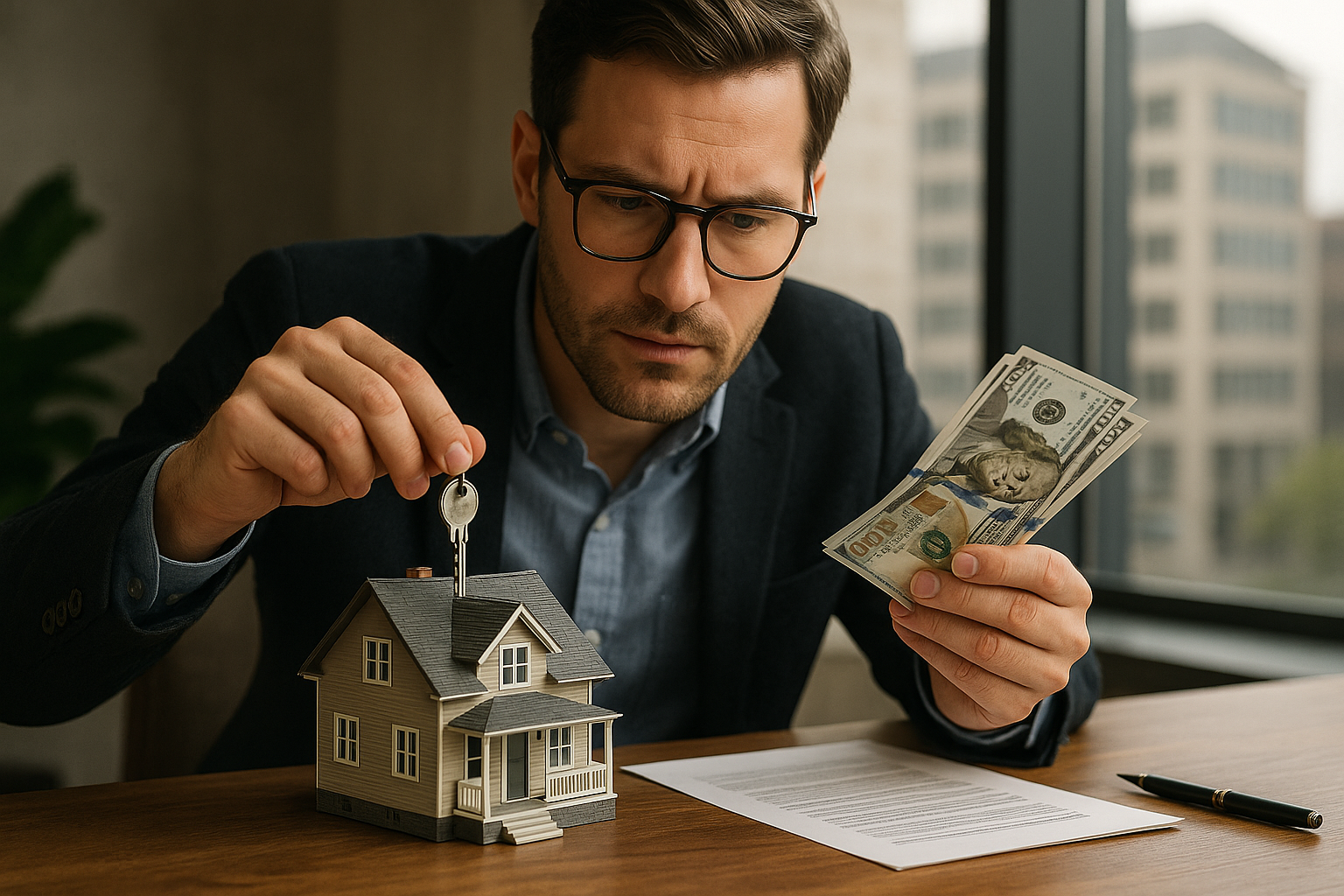What You Need to Know About Backyard Apartments
Backyard apartments, also known as accessory dwelling units (ADUs), are becoming increasingly popular as homeowners seek additional income streams and flexible living arrangements. These secondary housing units built on the same property as a primary residence offer unique opportunities but require careful planning and consideration of various factors before construction begins.

Backyard apartments represent a growing trend in residential development, offering homeowners the chance to maximize their property’s potential while addressing housing shortages in many communities. These standalone or attached units can serve multiple purposes, from rental income generation to housing family members, making them an attractive investment for many property owners.
Key Zoning Permit and Space Considerations Before Building
Before breaking ground on a backyard apartment project, understanding local zoning regulations is crucial. Most municipalities have specific requirements regarding setbacks from property lines, maximum unit sizes, and parking provisions. Typically, ADUs must maintain a minimum distance of 5-10 feet from rear and side property lines, though this varies by location. Space considerations include ensuring adequate room for utilities, septic systems or sewer connections, and maintaining sufficient outdoor space for the primary residence. Many areas require at least 7,000 square feet of total lot size to accommodate an ADU, while others have more flexible requirements based on lot coverage percentages.
How Backyard Apartments Can Affect Property Value and Living Flexibility
The impact of backyard apartments on property values varies significantly by location and market conditions. In high-demand urban areas, well-designed ADUs can increase property values by 20-30%, while in slower markets, the impact may be more modest. Living flexibility represents one of the most significant advantages, allowing homeowners to accommodate aging parents, adult children, or generate rental income. However, property owners should consider potential challenges such as reduced privacy, increased utility costs, and the responsibilities of being a landlord. The rental income potential can range from $800-$3,000 monthly depending on location, size, and local market conditions.
Important Design and Cost Factors to Evaluate Before Starting Construction
Design considerations for backyard apartments must balance functionality with aesthetic appeal while respecting the character of the existing neighborhood. Key design elements include maximizing natural light, ensuring proper ventilation, and creating efficient floor plans that feel spacious despite compact square footage. Structural considerations involve foundation requirements, utility connections, and accessibility features that may be required by local building codes.
| Construction Type | Size Range | Cost Estimation |
|---|---|---|
| Prefab/Modular Unit | 400-800 sq ft | $80,000-$150,000 |
| Site-Built Traditional | 500-1,200 sq ft | $120,000-$250,000 |
| Converted Garage | 300-600 sq ft | $40,000-$100,000 |
| Tiny Home Style | 200-500 sq ft | $60,000-$120,000 |
Prices, rates, or cost estimates mentioned in this article are based on the latest available information but may change over time. Independent research is advised before making financial decisions.
Cost factors extend beyond initial construction to include ongoing expenses such as increased property taxes, insurance adjustments, and maintenance responsibilities. Site preparation costs can add $10,000-$30,000 to projects depending on utility access and soil conditions. Permit fees typically range from $2,000-$8,000, while architectural plans may cost $3,000-$10,000 for custom designs.
Building a backyard apartment requires careful consideration of multiple factors, from regulatory compliance to financial planning. Success depends on thorough research of local requirements, realistic budgeting that accounts for both construction and ongoing costs, and thoughtful design that enhances rather than detracts from the primary property. With proper planning and execution, backyard apartments can provide valuable additional living space while potentially generating significant rental income for property owners.




